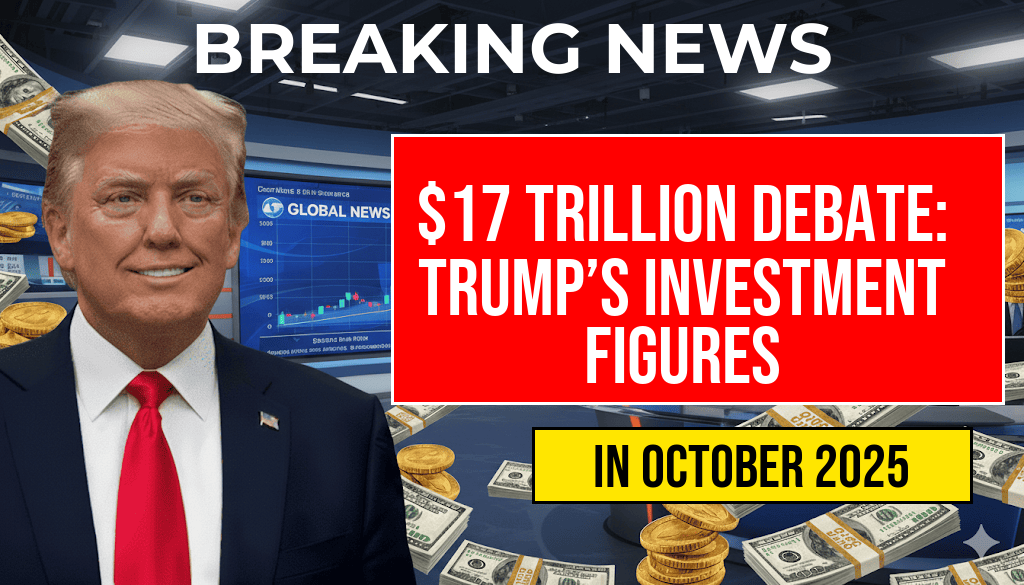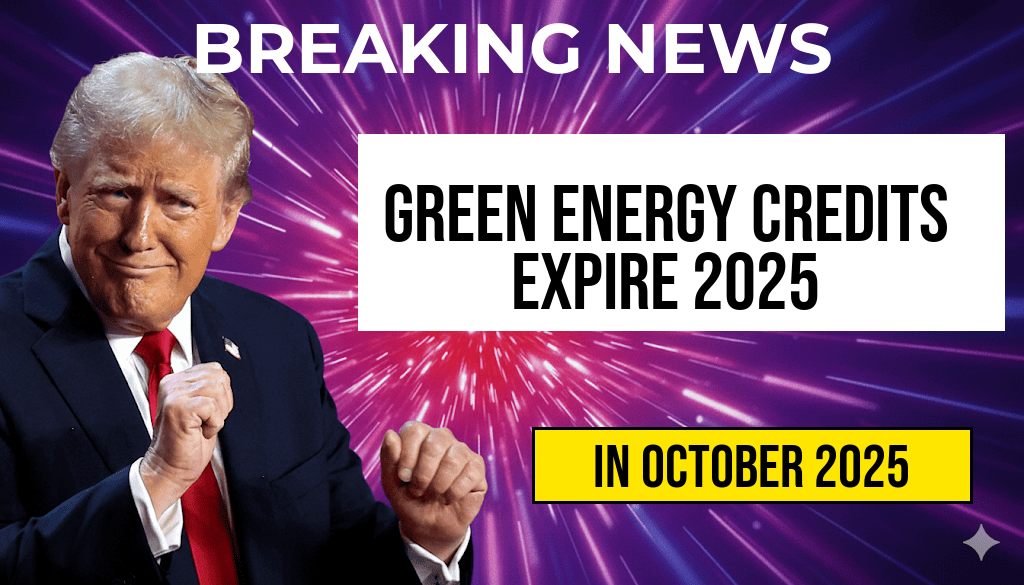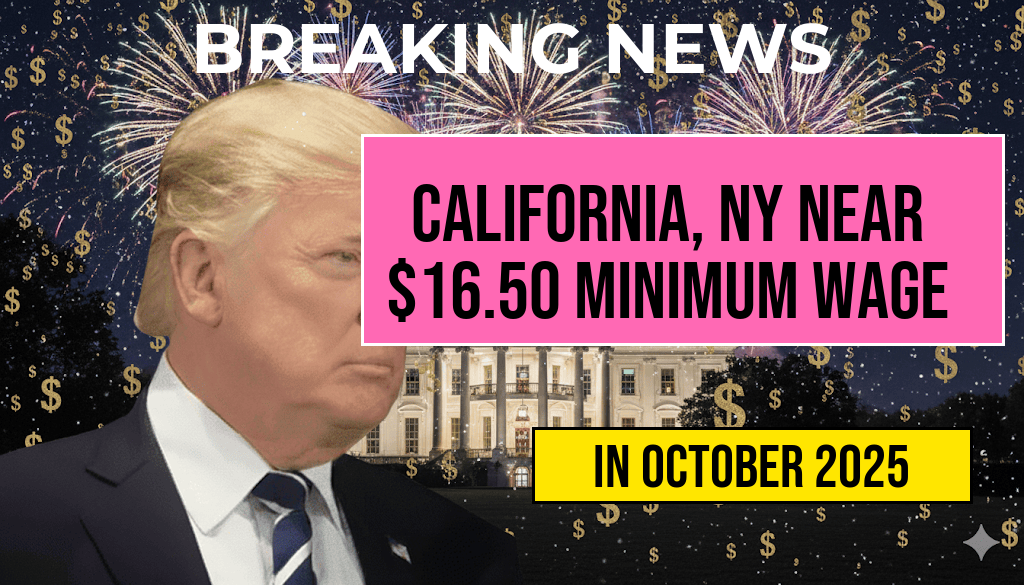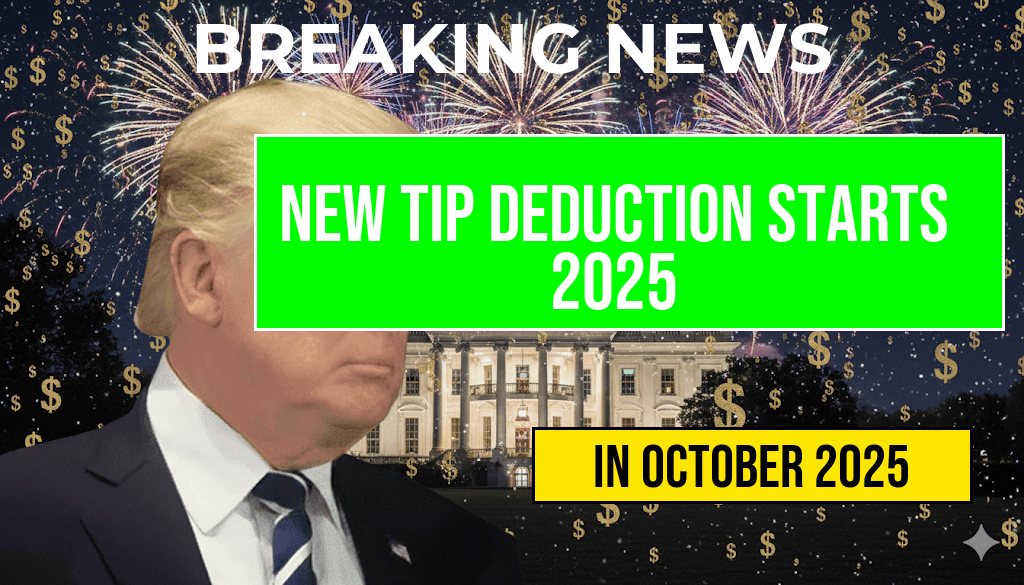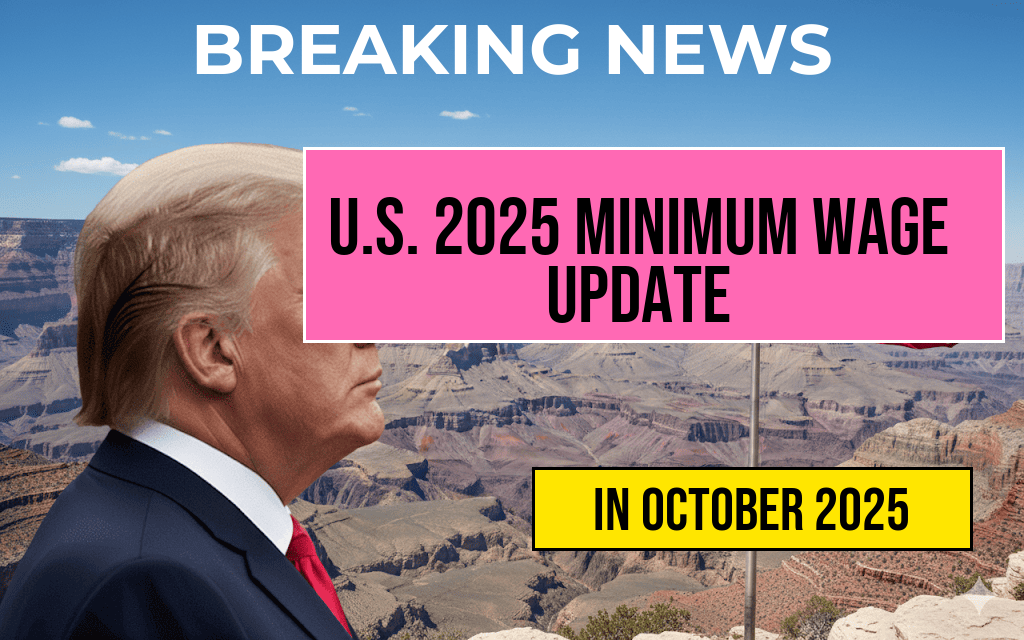Amid ongoing debates within economic circles, a figure as striking as $17 trillion has become the focal point of controversy: estimates of the total global investment attributed to former President Donald Trump. While some analysts hail these figures as indicative of Trump’s expansive economic influence extending beyond U.S. borders, others dismiss them as exaggerated or overly optimistic projections. The divergence underscores deeper disagreements over how to interpret data on international investments, the role of private versus public capital, and the metrics used to quantify economic impact. As policymakers and investors scrutinize these claims, the debate offers a window into broader questions about global economic influence, investment measurement, and the legacy of Trump-era policies.
Assessing the $17 Trillion Claim
Proponents argue that the figure represents a comprehensive tally of Trump’s investments in infrastructure, real estate, and international ventures, emphasizing the administration’s push for aggressive economic expansion. According to a report by Forbes, some estimates include not only direct investments but also the ripple effects of policies such as tax reforms and deregulation which they contend spurred substantial private-sector capital flow globally.
However, critics contend that the $17 trillion figure inflates Trump’s actual financial footprint, conflating indirect economic effects with direct investments. They point to the lack of clear, standardized accounting methods used to arrive at this number, raising questions about its accuracy and practical relevance. Economists like Dr. Laura Chen from the Harvard Kennedy School warn that such broad estimations risk misrepresenting the real scale of Trump’s influence, which they argue remains difficult to quantify precisely.
Sources of Disagreement Among Economists
Methodological Variances
- Direct Investment vs. Indirect Economic Impact: Some analyses focus solely on tangible investments like real estate holdings and business acquisitions, while others incorporate broader economic stimuli such as policy-induced market confidence or increased foreign direct investment.
- Time Frame and Data Scope: The estimates differ based on whether they consider the entire Trump presidency or specific periods, as well as whether they encompass only U.S.-based investments or global activities.
- Valuation Techniques: The valuation of assets varies depending on whether appraisals are current market values, historical cost, or projected future earnings, significantly affecting the aggregate figures.
Political and Economic Implications
Beyond technical disagreements, the debate often reflects underlying political biases. Supporters view the $17 trillion as evidence of Trump’s ability to mobilize vast sums into the global economy, reinforcing narratives of American economic strength. Conversely, critics caution against overestimating influence, warning that inflated figures could distort policy discussions and mislead investors about the actual economic footprint of a single individual or administration.
Impact on Policy and Investor Perception
The controversy over Trump’s estimated investments influences perceptions of U.S. economic leadership and international credibility. If the figure is accepted at face value, it suggests a significant expansion of American economic reach, potentially attracting foreign investment and fostering confidence among domestic entrepreneurs. Conversely, skepticism about the number’s validity could fuel doubts about the administration’s transparency and fiscal integrity, affecting investor decisions and diplomatic relations.
Expert Opinions
| Expert | Position | Rationale |
|---|---|---|
| Dr. Laura Chen | Critical | Questionable methodology; overestimation of indirect effects |
| Michael Roberts, Economist | Supportive | Reflects genuine growth in private sector investments driven by policy reforms |
| Professor James Whitfield | Neutral | Estimates are plausible but require clearer data transparency and standardization |
Broader Context and Future Outlook
The debate over the $17 trillion figure underscores a broader challenge in economic measurement: capturing the full scope of an individual’s or administration’s influence within complex, interconnected markets. As international investment patterns evolve and new data collection methods emerge, clarity may improve, but the inherent difficulties in such estimations are unlikely to disappear entirely.
Looking ahead, policymakers and analysts will need to weigh these conflicting narratives carefully. Transparent, standardized metrics are crucial for understanding the true scope of economic influence and for making informed decisions that shape future investment strategies. For now, the $17 trillion question remains at the heart of a contentious debate that reflects broader tensions over economic power, measurement accuracy, and the legacy of Trump’s economic policies.
For more on global investment trends and economic impact analyses, visit Wikipedia’s page on Foreign Direct Investment.
Frequently Asked Questions
What is the main controversy discussed in the article?
The article centers around the debate among economists regarding Trump’s estimated $17 trillion global investment figures and the accuracy of these estimates.
Why do economists have differing opinions on Trump’s global investment figures?
Economists have differing opinions due to varying methodologies, data sources, and interpretations of investment impact across different regions and sectors.
How does the estimated $17 trillion investment impact the global economy?
The estimated $17 trillion investment is considered significant as it could influence economic growth, trade relationships, and policy decisions worldwide, though opinions differ on its actual impact.
What are the potential implications of overestimating or underestimating these investment figures?
Overestimating could lead to inflated expectations and policy missteps, while underestimating might result in missed opportunities for economic development and investment strategies.
What are the key challenges in accurately measuring global investment figures?
The main challenges include data availability, differences in reporting standards, and the complexity of cross-border investments, which make precise measurement difficult.

